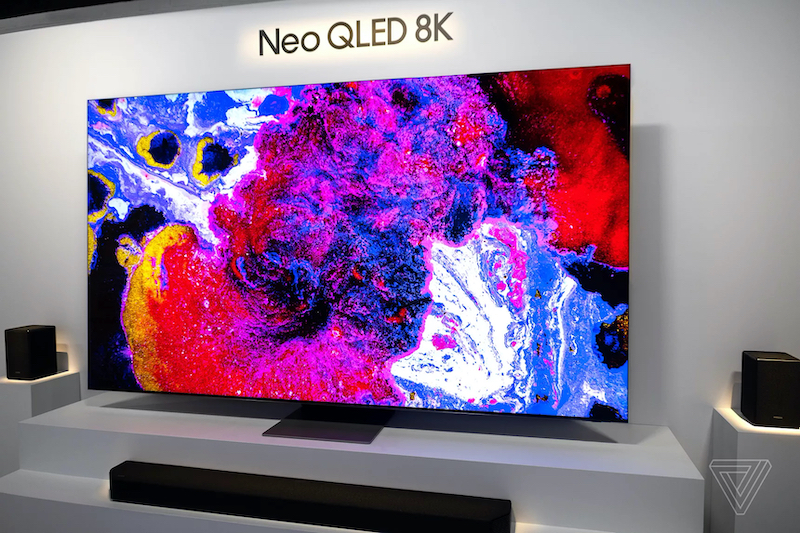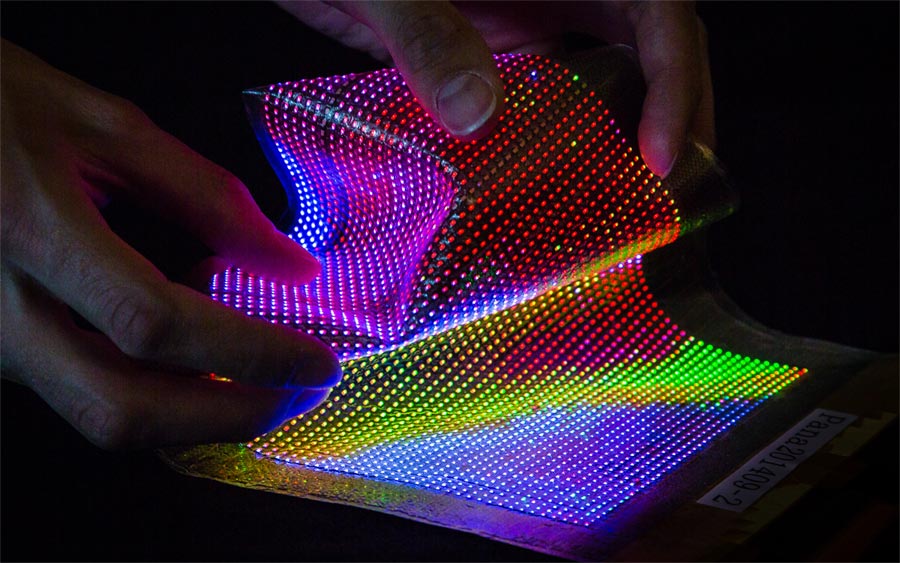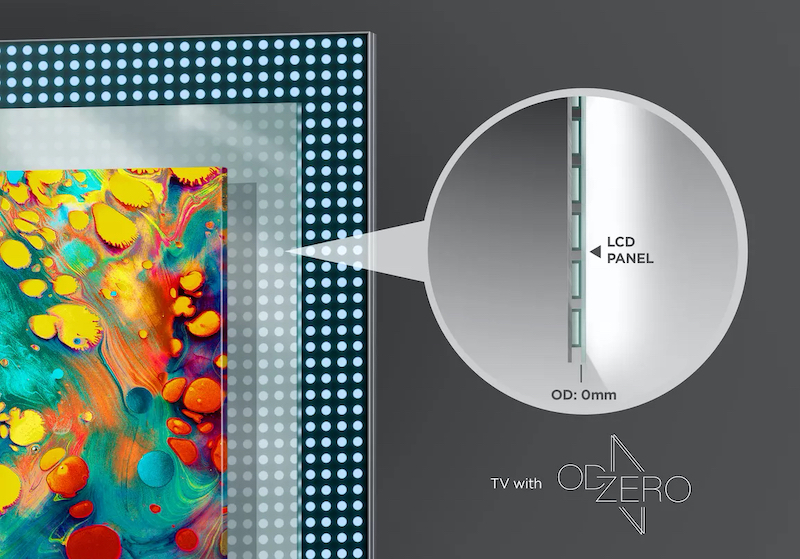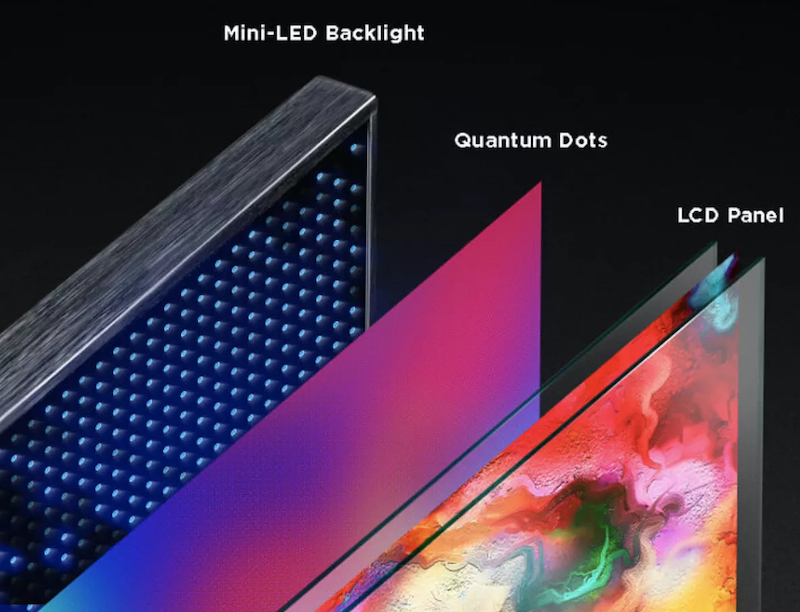If you wanted to recreate the light field of the sun over aquarium fish, corals or even plants you’d want to have a light source coming from as many directions as possible. This form of distributed lighting is especially important for three dimensional corals that have adapted to capture light coming from all possible angles.
Aquarium lighting manufacturers have taken notice of this important benefit with newer lighting fixtures like the Radion G5, CoralCare, and AcroOptics providing a blanket of LEDs over a very wide area. The aquarium hobby is a relatively small market in the grand scheme of things but the consumer electronics industry is much larger and one of the most recent developments is the announcement of new LED powered television displays.

Three years ago we saw a glimpse of the future with Samsung’s ‘The Wall’ television which consists of millions of tiny LEDs providing both the backlight, color and pixels to create a high definition display. At this year’s virtual CES 2021 at least three major manufacturers – Samsung, LG, & TCL – announced variations of televisions consisting mostly of countless, highly controllable LEDs bringing this technology more into the mainstream.

Whether they are called MiniLED, MicroLED, QNED, or QLED, all these televisions produce excellent brightness and pixel-level control to create the brightest and sharpest image possible. While nowhere near as bright as the LEDs we use in our aquarium lights, it doesn’t take too much creativity to imagine the thousands of hyper efficient LEDs of a 30 inch, 230 watt MicroLED TV being used to illuminate a medium size reef tank.

At present the Mini/Micro LED powered displays are the cutting edge of television technology and while they are very expensive today, they’ve already come a long way in just a few short years. It’s only a matter of time until cheaper and brighter MiniLED displays become mainstream, brighter, more affordable and if we’re lucky we’ll see aquarium lighting companies tapping into this technology for reef aquarium applications even sooner.



